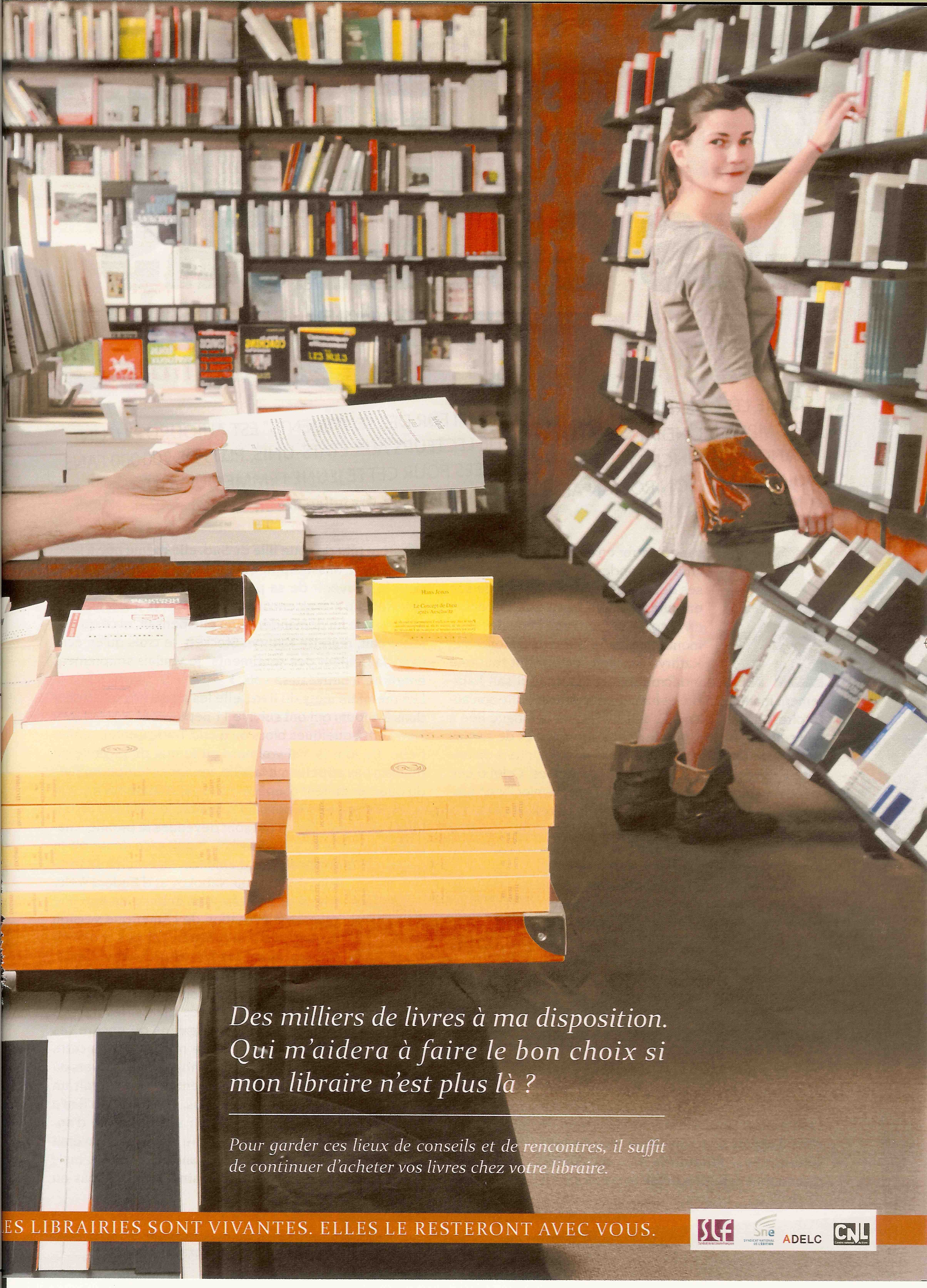It must be a sign of the times that one of the central themes to emerge from a discussion I chaired yesterday evening was the urgent need for more effective corporate governance. The participants in the debate, organised by think-tank Demos and the Open Society Foundation, were ‘Blue Labour‘ thinker Lord Maurice Glasman, economist John Kay, and Dan Leighton of Demos. The essay question was whether free market ideology was compatible with an open society.
I had expected there to be quite a lot of disagreement between John Kay and the other speakers. John is a brilliant economist – both analytically rigorous and at the same time evidence-driven, with a wide knowledge of how business and finance work in practice and widely read in history and other social sciences. However, he is an economist, and our methodological perspective is distinctive and frequently disliked by non-economists – especially those on the left-of-centre.
Surprisingly, there was an unexpected and interesting consensus in the discussion. It was that policy and research alike have overlooked the importance of the institutional layer that is neither state nor ‘market’ (ie impersonal monetary transactions). A wide range of institutions and relationships shape economic outcomes. Much of the discussion focussed on financial markets and banks, and my goodness there is much unfinished business there. But other kinds of business corporations constitute an important element – and here is where the corporate governance angle came in. Lord Glasman diagnosed a need for a balance of power between owners, managers and workers. The few economists present saw a related need to reduce market concentration and reinvigorate what John described as the ‘disciplined pluralism’ of the competitive market economy – takeovers and concentration of market (and political) power being an aspect of executive rent-seeking. So the meeting agreed, to paraphrase the chant from demonstrations of old: “What do we want? Better corporate governance – now!”
We were told by staff at the venue, 61 Whitehall, that the room in which the meeting was held had been Henry VIII’s bedroom, with separate doors for his wife and his mistress. I’m not sure whether that contributed to the atmosphere. Having ended up with a cosy agreement, the books by Maurice Glasman – [amazon_link id=”185984071X” target=”_blank” ]Unnecessary Suffering[/amazon_link] – and John Kay – [amazon_link id=”0140296727″ target=”_blank” ]The Truth About Markets[/amazon_link] – set out some intellectual disagreements. Both well worth a read.
[amazon_image id=”185984071X” link=”true” target=”_blank” size=”medium” ]Unnecessary Suffering: Management, Markets and the Liquidation of Solidarity[/amazon_image]
[amazon_image id=”0140296727″ link=”true” target=”_blank” size=”medium” ]The Truth About Markets : Why Some Countries are Rich and Others Remain Poor[/amazon_image]


